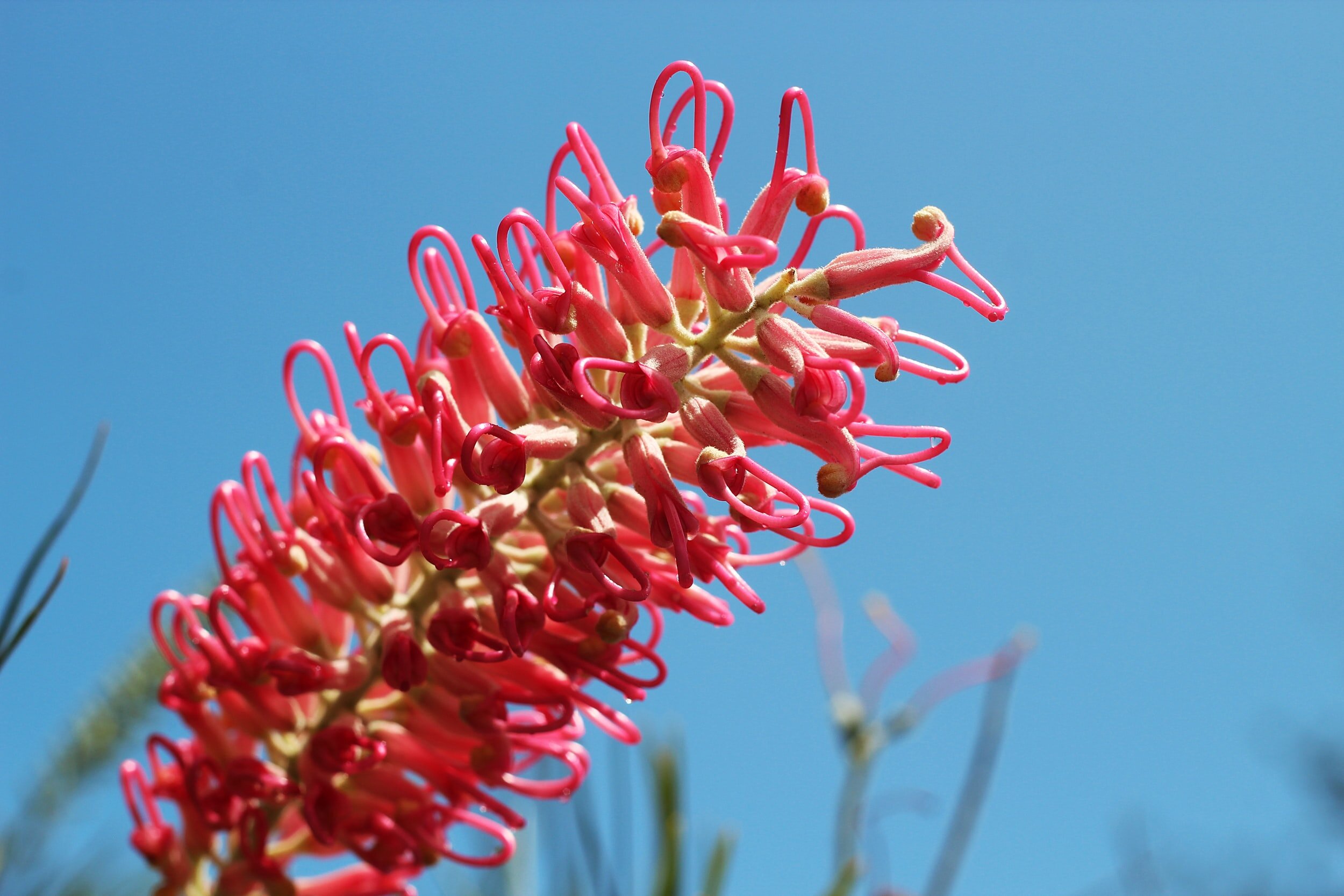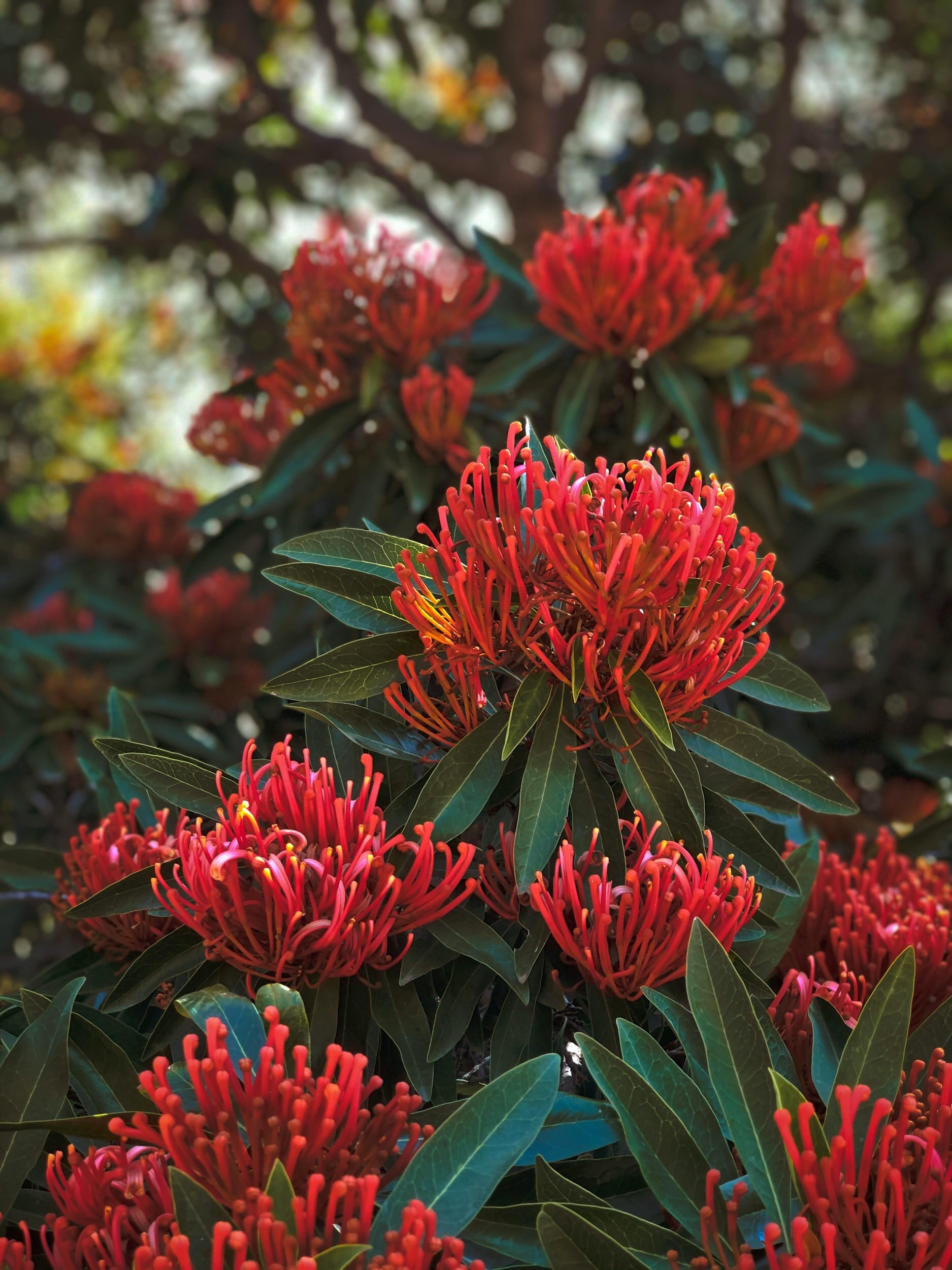
Preventing lateral violence
Lateral violence has been described as the way powerless people covertly and overtly direct their dissatisfaction inward, toward each other, toward themselves and toward those less powerful than themselves. The concept is also related to occurrences of racism, in particular internalised racism.
What is the study about?
There has been very little investigation into what schools and communities can do to prevent or reduce lateral violence. The aim of this project is to co-design, implement and evaluate tools and resources that schools, Aboriginal parents/caregivers and young people can use to prevent or reduce lateral violence occurring in schools and communities.
What does this study add?
The 2011 Social Justice Report identified lateral violence in Aboriginal communities as an issue requiring urgent action. However, the voices of Aboriginal young people and their families about their experiences, coping and resilience in relation to lateral violence are missing.
“In my findings from my PhD, there was discussion about the need to educate the younger generations to prevent the continued normalisation of lateral violence in the Aboriginal community. Children’s voices were seen an avenue for accountability for parents to stop modelling lateral violence to their children.”
— Yvonne Clark, CRE Investigator
“The next generation shouldn’t have to wear lateral violence and shame…You know but now they’ve got a whole new ball game...they’ve got technology…Facebook and through the mobile phone.”
— Study Participant
“It needs to start with the young, ‘cos they need to educate their parents. That’s kind of ironic. It’s supposed to be the other way around, but the young ones need to go back into their community and educate their parents...”
— Study Participant
What’s next?
We are currently conducting a scoping review of studies evaluating strategies to prevent/reduce Indigenous young people’s experience of lateral violence. We also plan to map current policy frameworks and approaches to lateral violence in state government schools in South Australia and undertake a qualitative study to document current practices of teachers and Aboriginal Cultural Education Officers supporting young people to prevent and manage lateral violence.
Our focus this year is conducting the scoping review and mapping what’s happening in schools. Our long-term goal is to use collated evidence to co-design culturally tailored evidence-based strategies, resources and tools ready for implementation and full-scale evaluation.
Where can I read more?
-

Lateral violence within the Aboriginal community in Adelaide: “It affects our identity and wellbeing”
Clark Y (Kokatha and Wirangu), Augoustinos M, Malin M. Journal of Indigenous Wellbeing. 2016;1(5)
-

What’s in a name? Lateral violence within the Aboriginal community in Adelaide, South Australia
Clark Y, Augoustinos M. Australian Community Psychologist. 2015;27(2)
-

Learning from community voices about lateral violence and lateral empowerment: a scoping review of grey literature
Clark Y, Bowman, A, Elovaris R, Clark T, Thornthwaite N, Peterson K, Hawke K, Ali F. Australian Journal of Psychology, 2024;76(1):2353055
Who can I contact to find out more?
Yvonne Clark
yvonne.clark@sahmri.com
Karen Glover
karen.glover@sahmri.com



